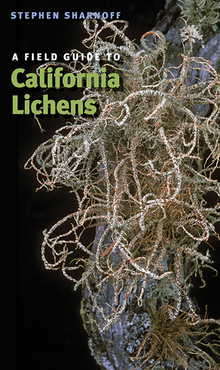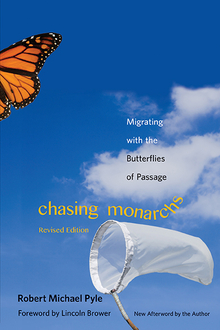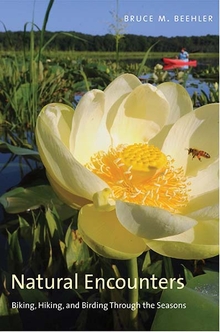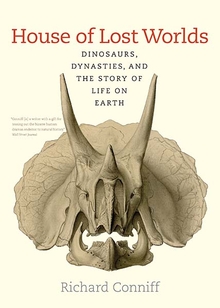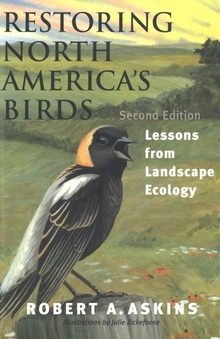Saving the World's Deciduous Forests
WARNING
You are viewing an older version of the Yalebooks website. Please visit out new website with more updated information and a better user experience: https://www.yalebooks.com
Ecological Perspectives from East Asia, North America, and Europe
Robert A. Askins
A fascinating look at how the deciduous forests of the northern hemisphere have developed across time and space, providing the insights we need to preserve them today
Deciduous forests have been remarkably resilient throughout their history, recovering from major shifts in climate and surviving periods of massive deforestation. But today the world’s great forests confront more ominous threats than ever before. This visionary book is the first to examine forests consisting of oaks, maples, hickories, beeches, chestnuts, birches and ecologically similar animals and plants on three continents—East Asia, Europe, and North America—to reveal their common origin back in time, the ecological patterns they share, and the approaches to conservation that have been attempted on their behalf.
Although these forests face common problems, threats due to human activities vary. Different land use and agricultural practices on the three continents, as well as different attitudes about what is worth preserving, have led to strikingly different approaches to forest conservation. Robert Askins explores the strengths and weaknesses of conservation efforts across the continents and concludes that the ideal strategy for the future will blend the best ideas from each.
Deciduous forests have been remarkably resilient throughout their history, recovering from major shifts in climate and surviving periods of massive deforestation. But today the world’s great forests confront more ominous threats than ever before. This visionary book is the first to examine forests consisting of oaks, maples, hickories, beeches, chestnuts, birches and ecologically similar animals and plants on three continents—East Asia, Europe, and North America—to reveal their common origin back in time, the ecological patterns they share, and the approaches to conservation that have been attempted on their behalf.
Although these forests face common problems, threats due to human activities vary. Different land use and agricultural practices on the three continents, as well as different attitudes about what is worth preserving, have led to strikingly different approaches to forest conservation. Robert Askins explores the strengths and weaknesses of conservation efforts across the continents and concludes that the ideal strategy for the future will blend the best ideas from each.
Robert A. Askins is Katherine Blunt Professor of Biology, Connecticut College. He lives in Ledyard, CT.
“Robert Askins has provided a brilliant synthesis that should inform citizens about how to determine conservation policy for the management and preservation of deciduous forests in this century. No comparable work currently exists and this book deserves a wide readership.”—John Kricher, author of Tropical Ecology
“[Robert Askins’] ability to bring together perspectives on a single ecosystem from three continents is unique and important. The reader leaves with a rich appreciation of the similarities and differences between deciduous forests of North America, Asia, and Europe.”—John Marzluff, co-author of The Gifts of the Crow; Dog Days, Raven Nights; and In the Company of Crows and Ravens
“To my mind, the writing matches some of the best ‘scientific natural history’ I’ve read. It is clear and detailed, yet easy to digest.”—Chris Elphick, University of Connecticut
“A keen naturalist and observer, Askins clearly and lucidly contrasts deciduous forests and their biotas across three continents, how they have been modified over time, and how conservation approaches differ among the continents. An interesting and provocative read.”—Richard T. Holmes, Dartmouth College
“This book offers an impressive account of processes shaping the biological diversity of deciduous forests in three regions of the Northern Hemisphere. Important messages emerge for forest conservation.”—Robert Fuller, editor of Birds and Habitat: Relationships in Changing Landscapes
ISBN: 9780300166811
Publication Date: March 25, 2014
Publication Date: March 25, 2014
328 pages, 6 1/8 x 9 1/4
31 b/w illus.
31 b/w illus.




